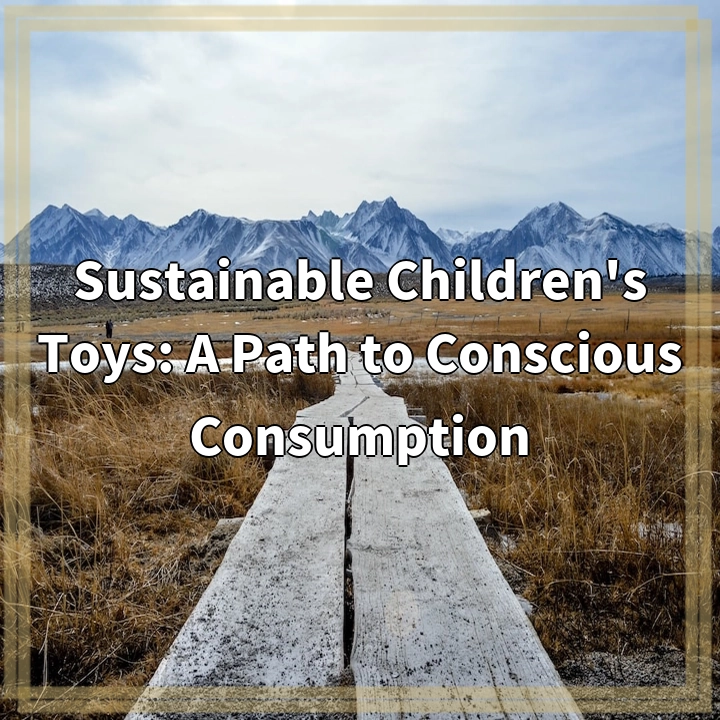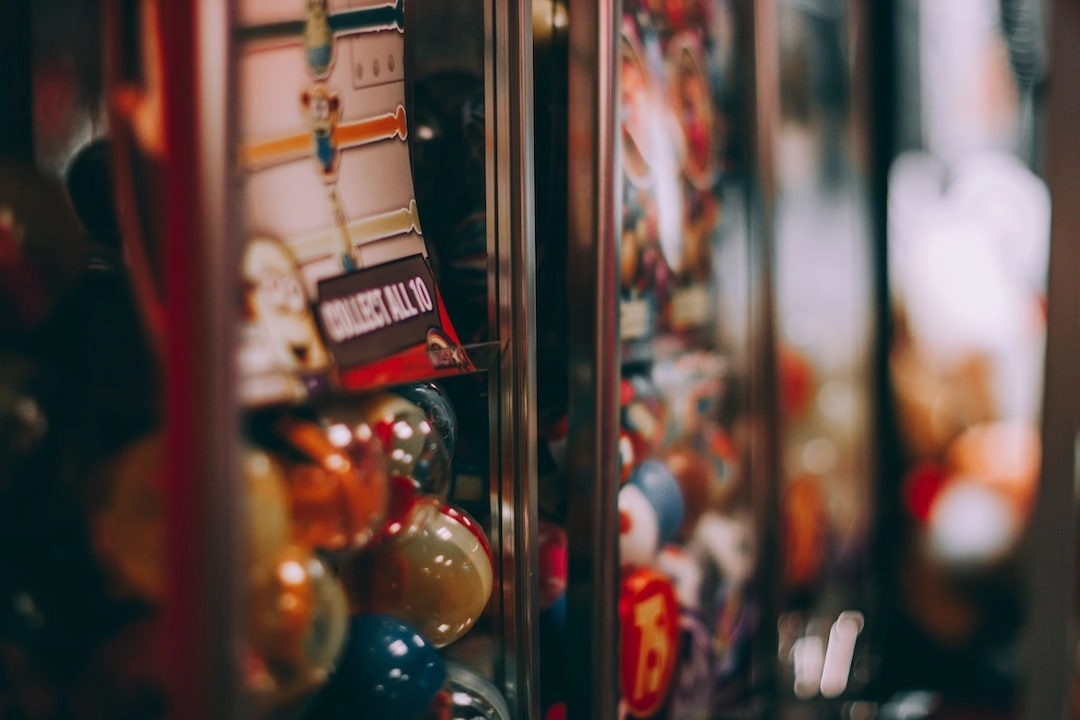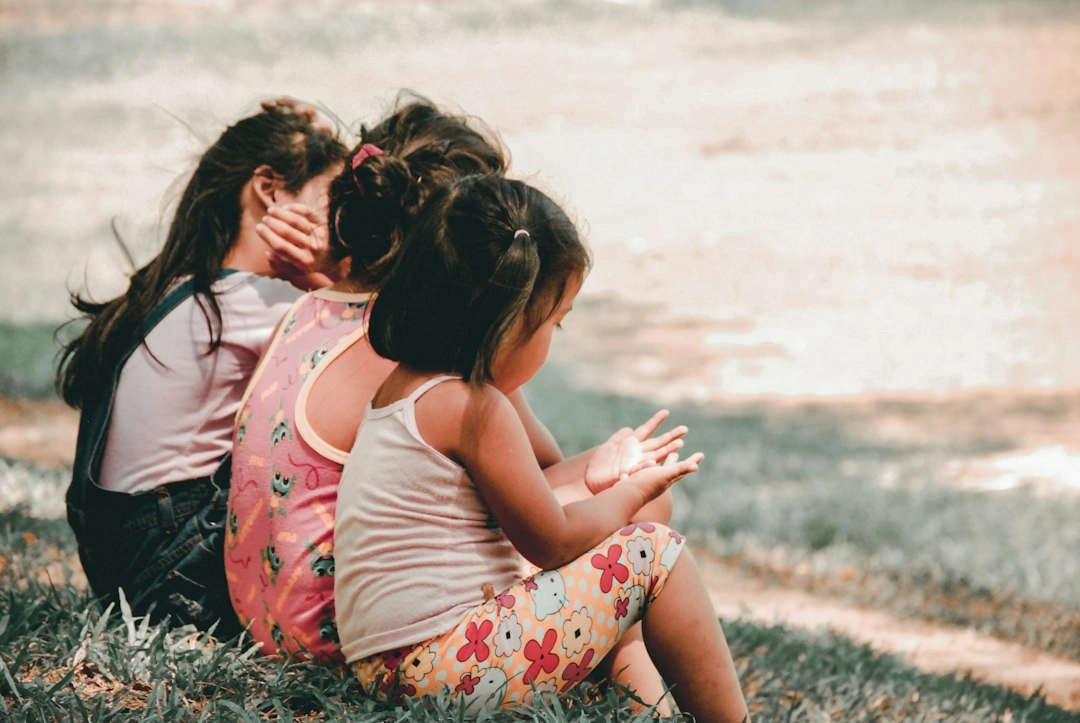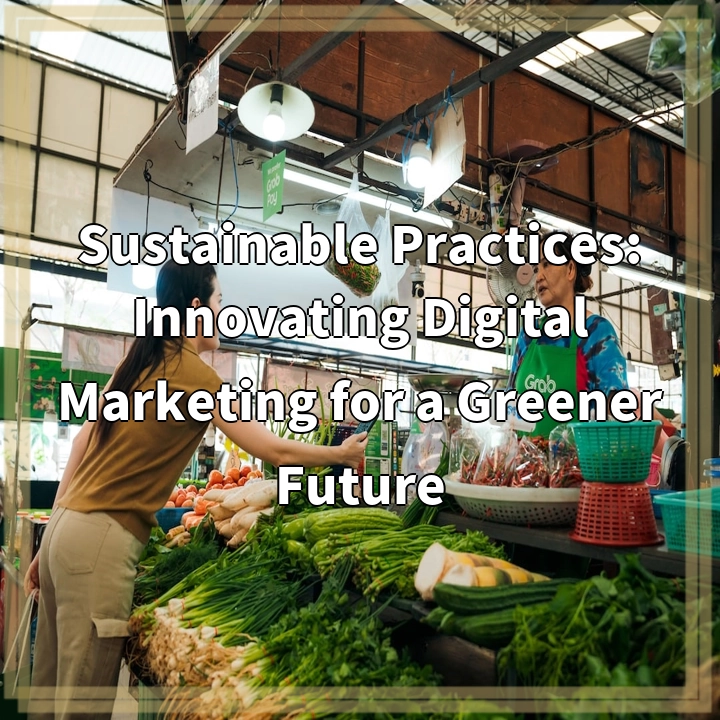
What are Sustainable Children’s Toys?
Sustainable children’s toys are products that are designed and manufactured with the goal of reducing their environmental impact while promoting child development and engagement. These toys are typically made from eco-friendly materials and are created using environmentally conscious production methods.
The Real-World Problems Associated with Unsustainable Toys
1. Plastic Waste: Conventional plastic toys contribute to the growing problem of plastic waste, as they are often discarded after short periods of use. These toys can take hundreds of years to decompose, filling landfills and polluting our oceans.
2. Toxin Exposure: Many traditional toys are made from materials containing harmful substances such as lead, phthalates, and BPA. Children, especially infants and toddlers who commonly put toys in their mouths, are at risk of exposure to these toxins which can have long-term health effects.
3. Resource Depletion: Non-sustainable toy production relies heavily on the extraction of non-renewable resources, such as petroleum for plastic toys and deforestation for wooden toys. This results in the depletion of natural resources and contributes to environmental degradation.
4. Ethical Concerns: Unregulated toy manufacturing often occurs in low-income countries where labor and safety standards may not be properly enforced. Workers, including children, may face unsafe working conditions, low wages, and exploitation.
5. Limited Durability: Most conventional toys are not designed to withstand the test of time. They often break easily and cannot be repaired, leading to more waste production. This “throwaway” mentality perpetuates a culture of disposable consumerism.
By acknowledging these real-world problems associated with unsustainable toys, we can shift our focus towards sustainable alternatives and pave the way for conscious consumption – ensuring a healthier future for our children and the planet.

Solutions to the Problems of Unsustainable Toys
1. Embrace Eco-Friendly Materials: Opt for toys made from sustainable materials such as organic cotton, bamboo, recycled plastic, or FSC-certified wood. These materials have a lower environmental impact and are safer for children.
2. Choose Non-Toxic Options: Look for toys that are free from harmful chemicals, such as lead, phthalates, and BPA. Check for certifications like ASTM F963 or EN71, which ensure the safety and non-toxicity of the toys.
3. Support Responsible Brands: Research and choose toy brands that prioritize sustainability, ethical manufacturing, and transparency. Look for companies that have implemented fair labor practices and are committed to reducing their environmental footprint.
4. Prioritize Durability and Repairability: Seek out toys that are built to last and can be repaired if necessary. Look for brands that offer warranties or replacement part programs to extend the lifespan of the toys.
5. Encourage Borrowing and Sharing: Instead of purchasing new toys, consider participating in toy libraries or toy-sharing programs. This promotes resource-sharing and reduces the demand for new toy production.
6. Educate Children on Sustainable Choices: Teach children about the importance of sustainability and involve them in decision-making when it comes to toy selection. Encourage them to value quality over quantity and to take care of their toys to promote longevity.
By implementing these solutions, we can make a positive impact on the environment, minimize waste production, and create a more sustainable future for our children.















